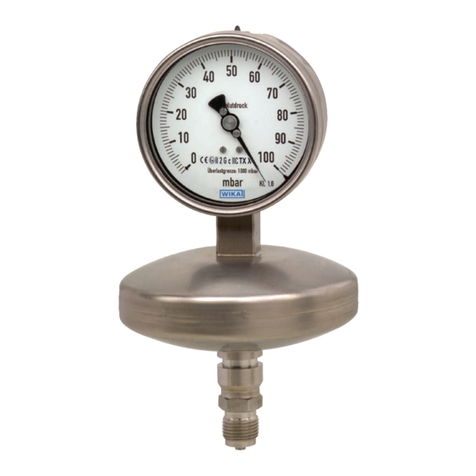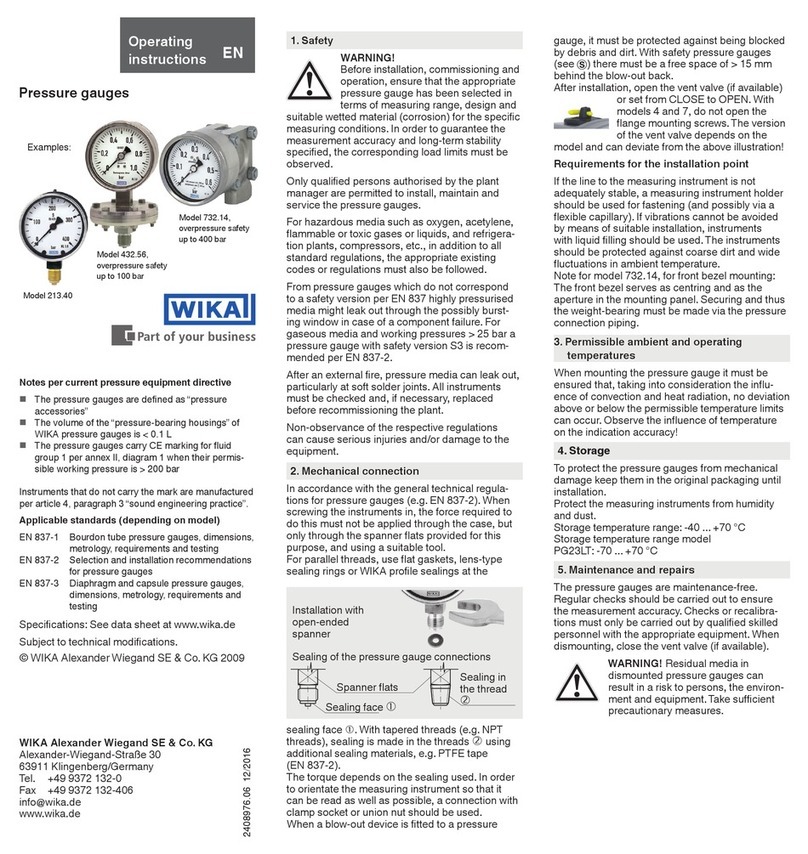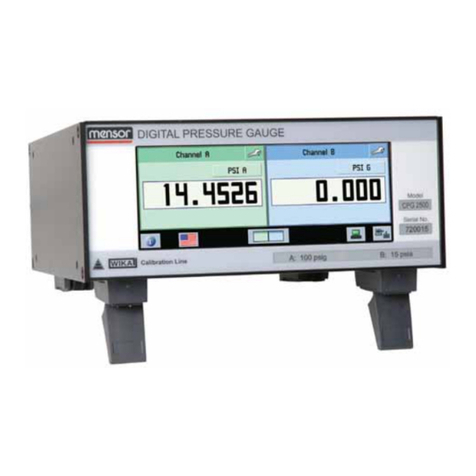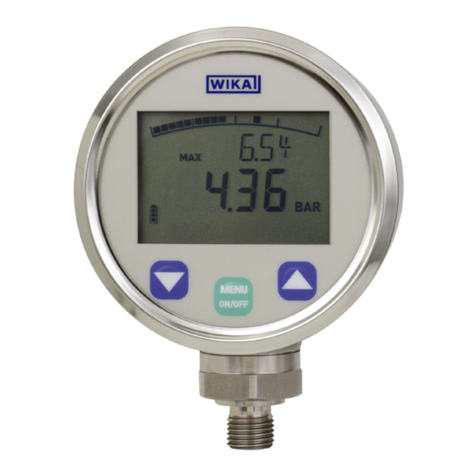WIKA RTD User manual
Other WIKA Measuring Instrument manuals
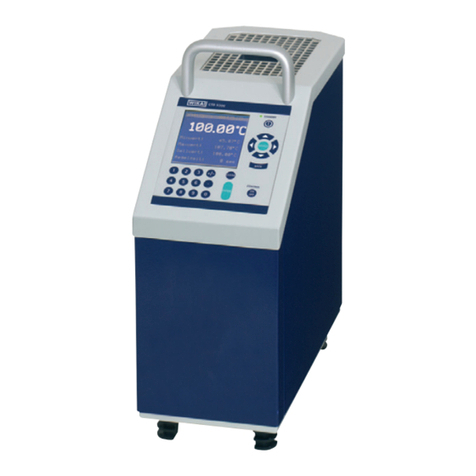
WIKA
WIKA CTD9300 Series User manual
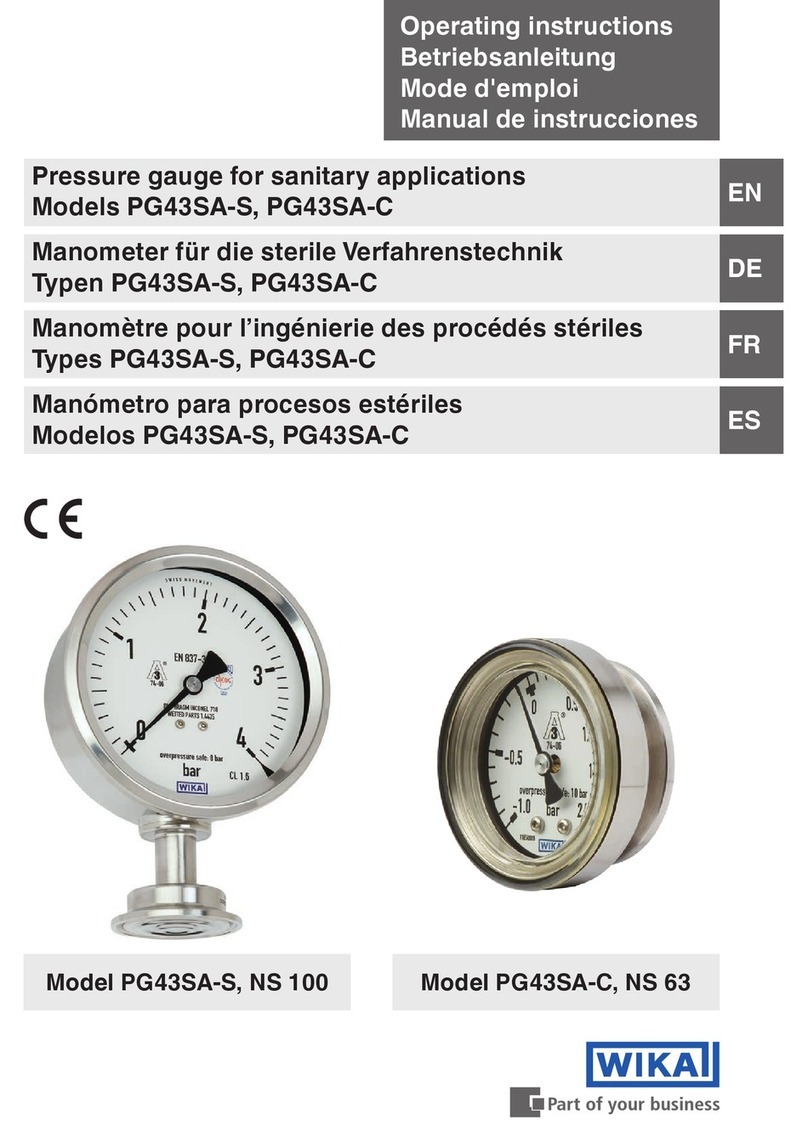
WIKA
WIKA PG43SA-S User manual
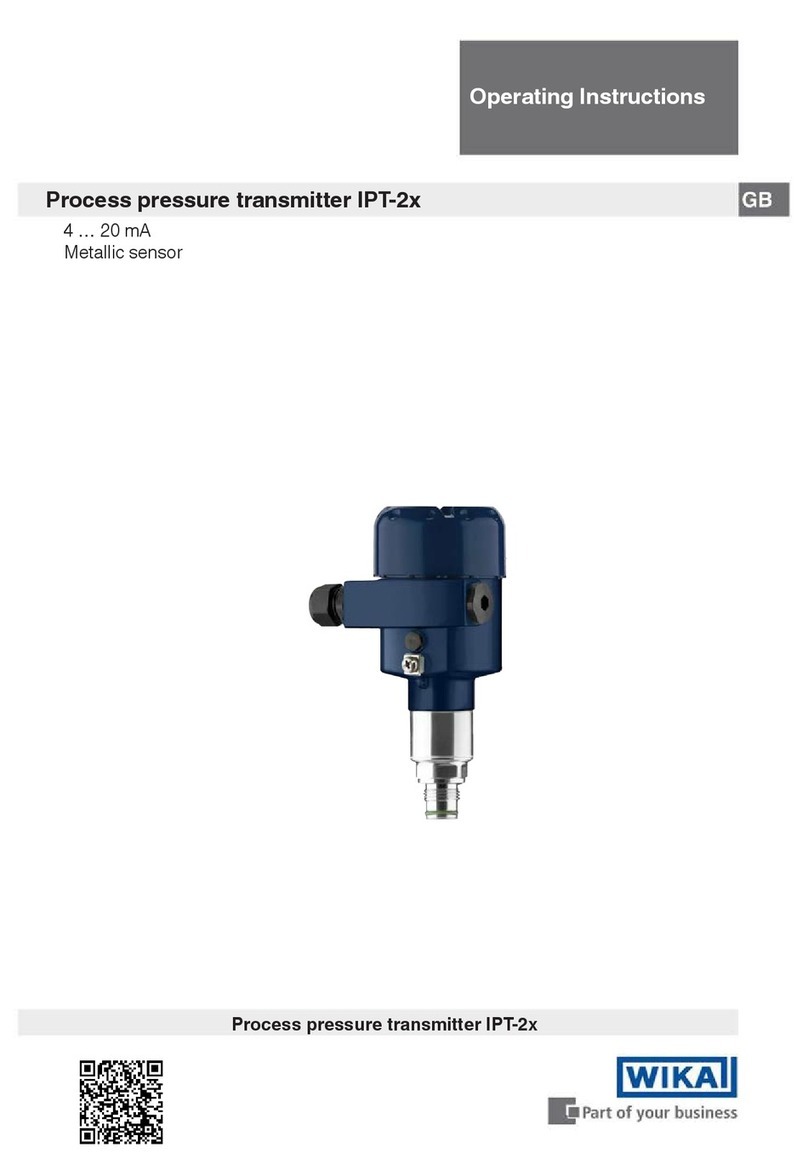
WIKA
WIKA IPT-2 Series User manual
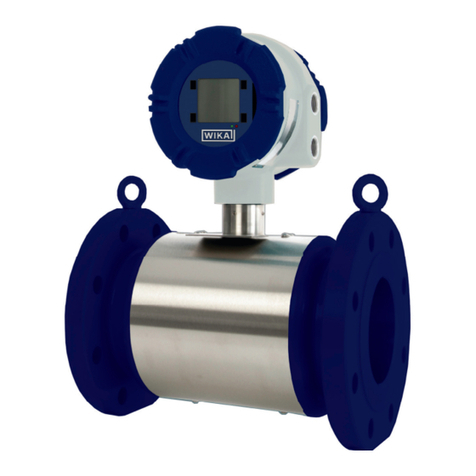
WIKA
WIKA FLC-UFL Series User manual
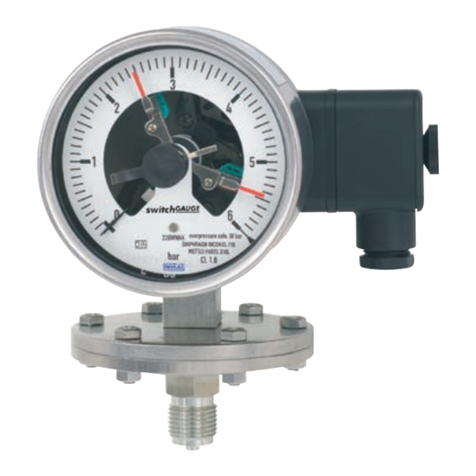
WIKA
WIKA 821 User manual

WIKA
WIKA 55 Series Operating instructions
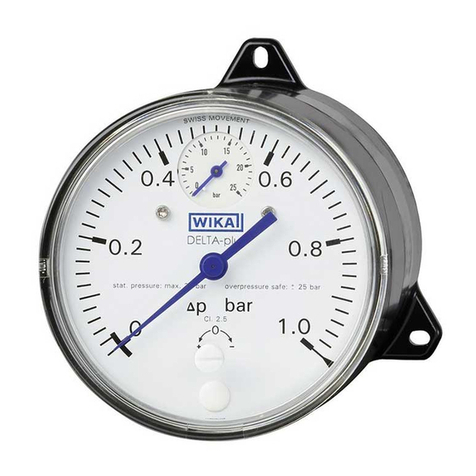
WIKA
WIKA Delta-plus User manual
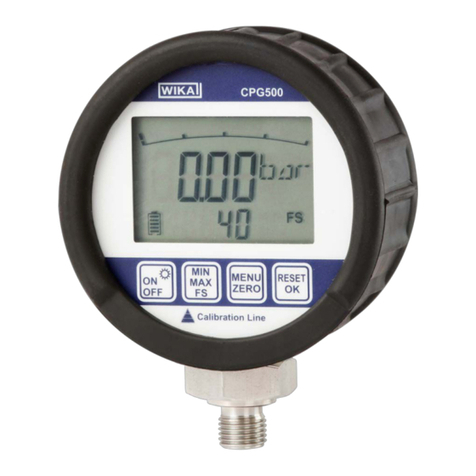
WIKA
WIKA CPG500 User manual

WIKA
WIKA A2G-10 User manual
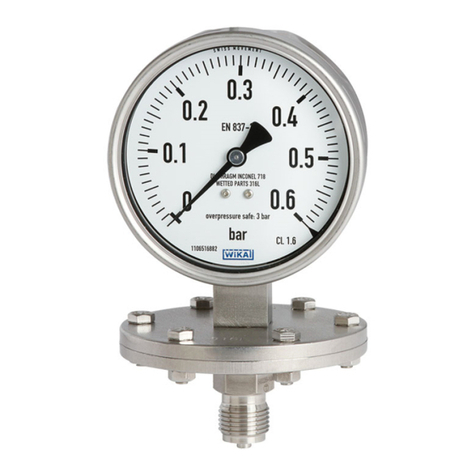
WIKA
WIKA 4 User manual
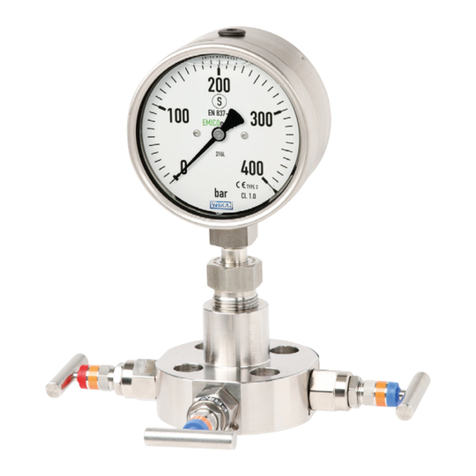
WIKA
WIKA 232.30.100 Operating instructions
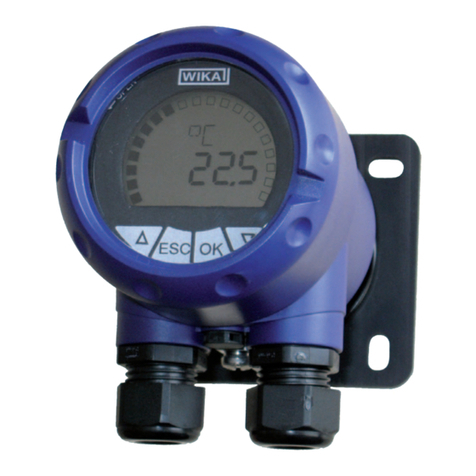
WIKA
WIKA DIH50-F User manual
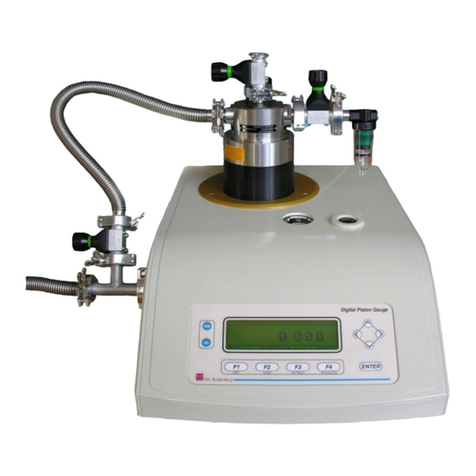
WIKA
WIKA cpd8000-g User manual
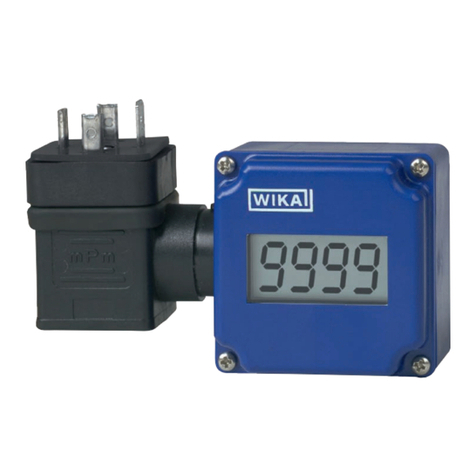
WIKA
WIKA A-IAI-1 User manual

WIKA
WIKA PG43SA-S User manual
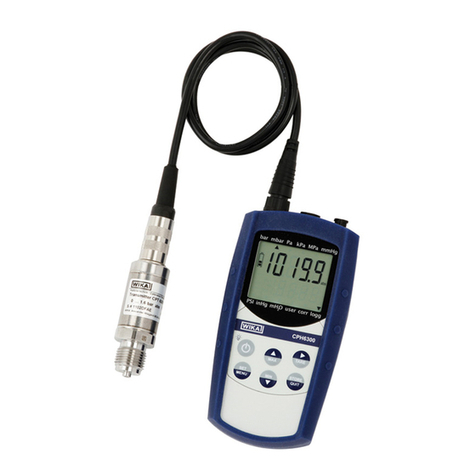
WIKA
WIKA CPH6300-S1 User manual
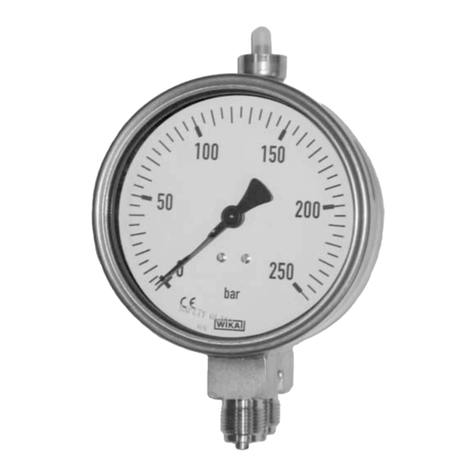
WIKA
WIKA 73 02.100 Series User manual

WIKA
WIKA 821 User manual
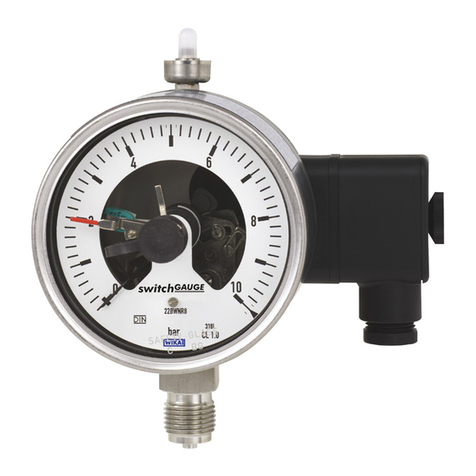
WIKA
WIKA PGS23 User manual
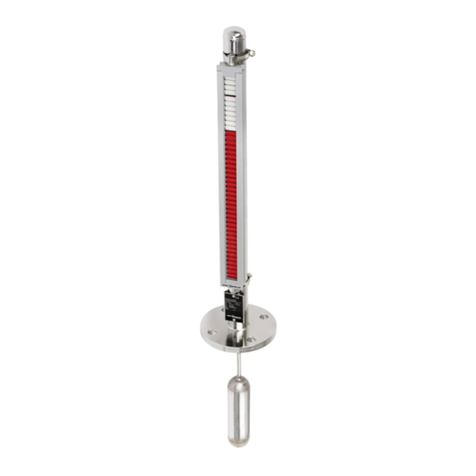
WIKA
WIKA UTN-EX User manual
Popular Measuring Instrument manuals by other brands

Powerfix Profi
Powerfix Profi 278296 Operation and safety notes

Test Equipment Depot
Test Equipment Depot GVT-427B user manual

Fieldpiece
Fieldpiece ACH Operator's manual

FLYSURFER
FLYSURFER VIRON3 user manual

GMW
GMW TG uni 1 operating manual

Downeaster
Downeaster Wind & Weather Medallion Series instruction manual

Hanna Instruments
Hanna Instruments HI96725C instruction manual

Nokeval
Nokeval KMR260 quick guide

HOKUYO AUTOMATIC
HOKUYO AUTOMATIC UBG-05LN instruction manual

Fluke
Fluke 96000 Series Operator's manual

Test Products International
Test Products International SP565 user manual

General Sleep
General Sleep Zmachine Insight+ DT-200 Service manual
